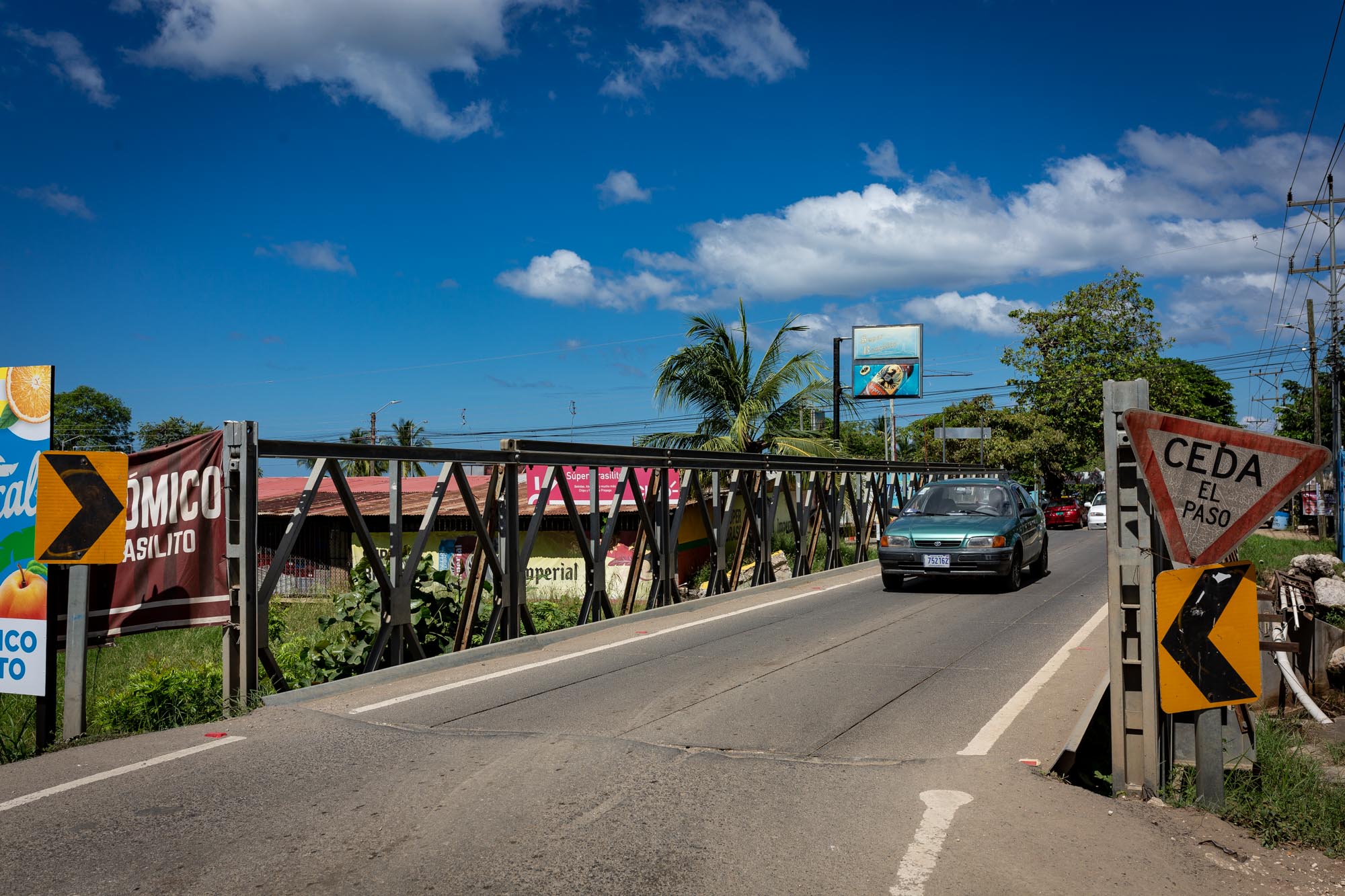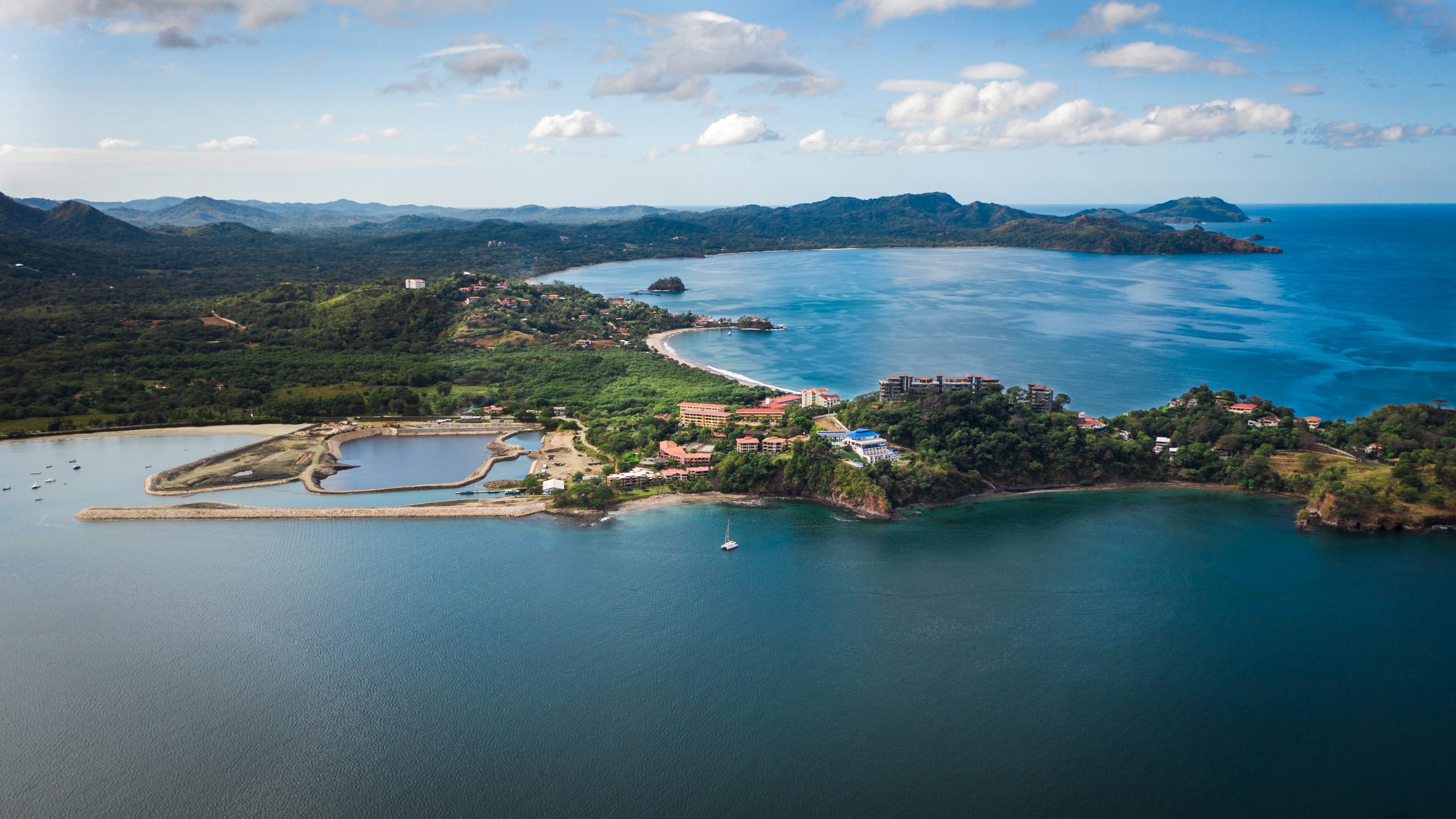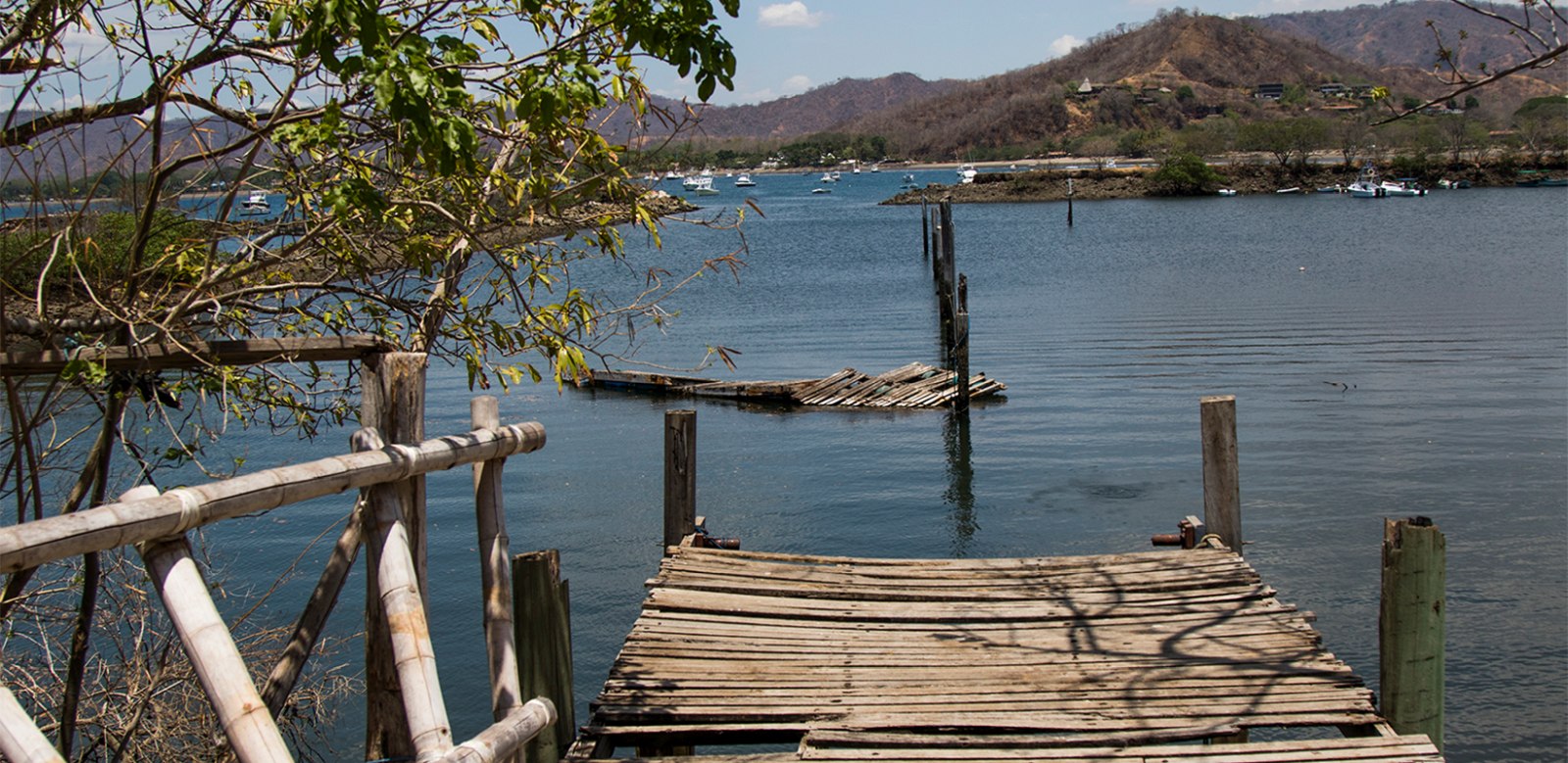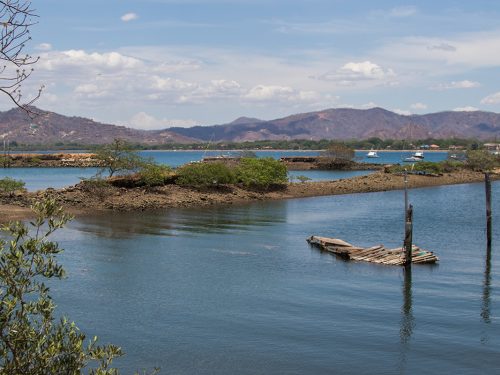
The company in charge of the Marina Flamingo concession expects to give more than 80% of the jobs to people from Guanacaste, mainly from Santa Cruz. That would mean between 480 and 520 new jobs since the company estimates that it will create a total of 600 job openings.
“We are working hard to require that the people who rent from us hire locals from the province and mainly from the canton. The ideal would be 80%, 90% local and well-qualified employees with good salaries who stay in the area,” said Joaquin Gamboa, one of the representatives of the Marina Flamingo Development Group.
To achieve this, residents of the area get training at the CEPIA facilities, where both this non-profit community organization and the National Learning Institute (INA- Instituto Nacional de Aprendizaje) provide training. Both parties partnered with the business group in charge of the concession to identify the areas in which they will need personnel and get training started.
We are organizing courses in English, electrical and air conditioning maintenance, for example,” commented CEPIA founder Laetitia Deweer. “We do that with volunteers and hiring teachers privately, but INA is also training sailors and waitresses,” she added.
The first phase of the marina should create employment for 120 people, according to Gamboa’s estimates. Although it was scheduled for March 2021, the company had work delays due to availability of machinery and unforeseen circumstances in the difficult terrain that forced it to be pushed out until next year.
“Training is done in CEPIA and locals don’t have to move from the area, which is another problem for the people. They thought we were going to give training in Nicoya, Santa Cruz or Liberia,” Gamboa commented. “We want the key positions to be filled by local people,” he emphasized.
Academic-Labor Tie
Deweer, who has been working in the area for 15 years, noted that there is a key point to improve in for the development of surrounding communities: the compatibility between current and potential employers and employees.
If residents are well-trained in the areas that businesses need, Deweer believes that unemployment will decline more and more. That’s why she considers it necessary to open dialogues between these three parties: trainers, community and employers.
The organization confirmed this in December 2020, when they conducted a survey with 15 construction companies in the coastal area to identify training needs. The results showed that companies needed employees with knowledge in areas such as electricity, air conditioning maintenance and plumbing.
CEPIA began offering courses in these areas— except plumbing, which is still pending— and hired a professional training coordinator who, in addition to organizing, coordinating and supervising the courses that the organization offers, will also teach courses on soft skills and human training.
The coordinator even evaluates the impact of the courses once they are finished and they have evidence that unemployment decreases for the students and, in addition, that they find jobs associated with the field they were trained in.
The organization also offers English courses periodically to increase employability possibilities for locals.

For the Flamingo Marina to start functioning, improvements are needed to the roads, such as expanding this bridge in Brasilito. Photo: Cesar Arroyo Castro
Progress on the Marina
In 2019, Marina Flamingo Development got underway with the first of three construction phases. At that time, the company committed to the development of: 211 moorings, a training area, a multipurpose hall, a crafts market, a shopping plaza, a convenience store, a convention center, a gas station, a marina clubhouse and a 64-room hotel.
The completion of the first phase was moved from March 2021 to January 2022 due to business closures caused by the pandemic, difficulties with the terrain and the availability of machinery.
There were some complications with certain machinery that couldn’t be obtained in the country but they were resolved and we are practically beginning the construction of the first phase’s buildings,” said Gamboa.
Another unforeseen event that the company faced was that the ocean floor is very rocky. “Instead of dredging with suction dredges, which is faster because it just takes the sand and throws it on the other side, we had to make walls to dry the sea and take in machinery in order to be able to dredge manually, which is more expensive than suction,” explained Gamboa.
The bridge at the entrance to Brasilito and Tempate Road are a couple of the priorities for improvement.
According to the company’s representative, 95% of the business premises will be occupied by Costa Rican owners and 5% by foreigners.
Despite the delays, the business group is satisfied with the project’s progress. “We’re very good and happy with the progress and with the help from various parties. We’ve had incredible cooperation from the municipality, the marine commission and everyone has been keeping tabs of everything that is being done,” commented Gamboa.
The investment in the marina is estimated at $33.6 million, in a concession area of about 187,000 square meters.







Comments